Nestled in the picturesque town of Enniscorthy, County Wexford, Ireland, lies the magnificent Enniscorthy Castle. With its rich and captivating history, the castle has stood as a testament to Ireland’s tumultuous past, witnessing many significant events and transformations over the centuries. In this comprehensive article, we will unravel the fascinating history of Enniscorthy Castle, exploring its origins, residents, architectural features, and historical significance.
The Origins of Enniscorthy Castle
The story of Enniscorthy Castle begins in the 12th century when the Normans first arrived in Ireland. Constructed in the early 13th century, the castle initially served as a strategic stronghold for the Anglo-Normans. Its prime location on a hill overlooking the River Slaney made it an ideal site for controlling trade routes and monitoring the surrounding landscape.
Enniscorthy Castle’s Early Residents
Throughout its long history, Enniscorthy Castle was home to various influential families, each leaving their mark on the castle and its surroundings. Among its early residents were the powerful De Prendergast family, who held the castle until the 14th century. The De Prendergasts were succeeded by the Kavanagh and Roche families, both of whom played pivotal roles in the castle’s development and the local history of County Wexford.
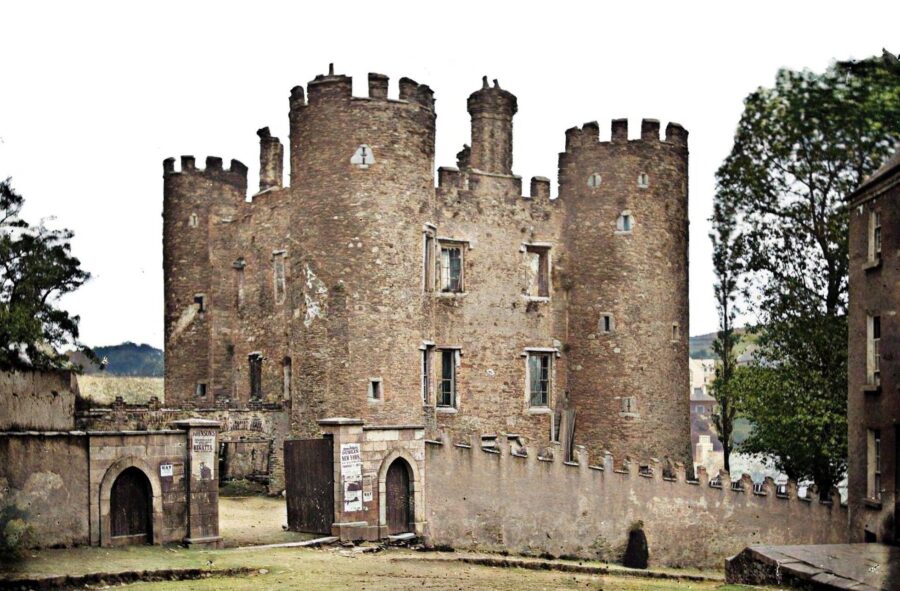
The Architectural Evolution of Enniscorthy Castle
Enniscorthy Castle’s architecture reflects the various stages of its development and the influences of its different occupants. The original structure consisted of a square keep with four corner towers, a design typical of Norman fortifications. As the castle changed hands over the centuries, its residents made modifications and additions that reflected their needs, tastes, and the architectural styles of their time.
The 16th-Century Additions
In the 16th century, the castle underwent significant changes under the ownership of the powerful Roche family. Sir Henry Wallop, the then Governor of Munster, seized the castle from the Roches in 1585, initiating a period of extensive renovations. Among the most notable additions during this time were the large, rectangular, four-story tower house and the impressive east range, which still stand today.
The 17th-Century Restorations
During the 17th century, Enniscorthy Castle saw further transformations as it was passed between various occupants. Following the Cromwellian conquest of Ireland in the 1650s, the castle was taken by the English Parliamentarians and subsequently restored and fortified. The most significant change during this period was the construction of a sturdy, star-shaped curtain wall that encircled the castle, providing added protection against potential attacks.
Enniscorthy Castle in the 18th and 19th Centuries
The 18th and 19th centuries saw Enniscorthy Castle continue to evolve, both architecturally and in terms of its residents. By this time, the castle had become a symbol of power and authority in the region.
The Castle as a Private Residence
In the early 18th century, the castle was transformed into a private residence, occupied by various local gentry families. Among these were the Esmondes and later, the Colcloughs. During their tenure, the castle underwent several renovations to make it more suitable for comfortable living. These changes included the removal of some of the castle’s defensive features, such as the curtain wall, and the addition of more modern, Georgian-style elements.
Enniscorthy Castle and the 1798 Rebellion
Enniscorthy Castle played a significant role in the 1798 Rebellion, a major uprising against British rule in Ireland. The castle was used as a military base by the United Irishmen, who briefly held control of the town of Enniscorthy. Following the defeat of the rebels, the castle was taken back by British forces and used as a base for their counterinsurgency operations. This event left a lasting mark on the castle’s history and its significance in Irish national memory.
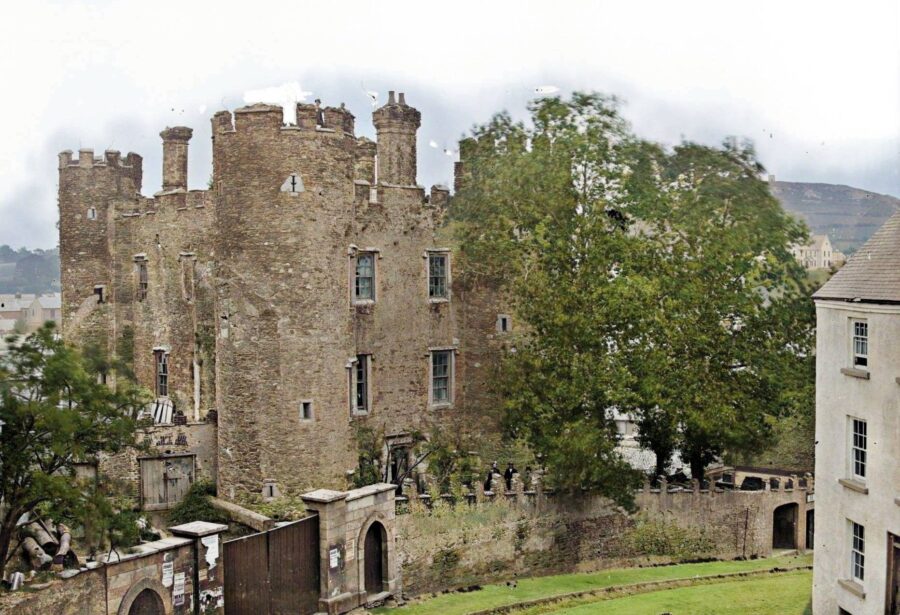
Enniscorthy Castle in the 20th Century and Beyond
The 20th century saw Enniscorthy Castle undergo further transformations, both in terms of its function and its physical structure. The castle’s role as a private residence ended in the early 20th century when it was sold to a local entrepreneur, who converted it into a factory producing condensed milk. This industrial use of the castle continued until the mid-20th century when it was finally abandoned.
The Restoration and Rebirth of Enniscorthy Castle
In the late 20th century, the castle’s future was uncertain, as it had fallen into disrepair after decades of neglect. Recognizing the historical significance of the castle and its potential as a tourist attraction, the local government, along with various heritage organizations, embarked on an ambitious project to restore Enniscorthy Castle to its former glory.
This extensive restoration project included the repair and conservation of the castle’s historic fabric, as well as the installation of modern facilities to accommodate visitors. The castle was reopened to the public in 1996, and it has since become a popular tourist destination, offering visitors a unique insight into Ireland’s rich and turbulent history.
The Enniscorthy Castle Experience Today
Today, Enniscorthy Castle is a must-visit attraction for anyone interested in Irish history, architecture, and culture. The castle serves as a museum, showcasing its fascinating past through a range of engaging exhibits, guided tours, and interactive experiences.
The Castle’s Exhibits and Collections
The castle’s exhibitions cover various aspects of its history, including the lives of its previous occupants, the architectural changes it has undergone, and its role in significant historical events such as the 1798 Rebellion. Visitors can also explore the castle’s impressive collection of artifacts, including period furniture, weaponry, and household items, which provide a fascinating glimpse into the daily lives of its past residents.
Guided Tours and Interactive Experiences
To enhance the visitor experience, Enniscorthy Castle offers guided tours led by knowledgeable and passionate guides who bring the castle’s history to life through engaging storytelling. Additionally, the castle provides interactive experiences, such as hands-on workshops and historical re-enactments, which allow visitors to immerse themselves in the past and gain a deeper understanding of Ireland’s history.
In conclusion, Enniscorthy Castle stands as a remarkable testament to the rich and diverse history of Ireland, reflecting the many chapters of its story in its architecture, collections, and exhibitions. A visit to Enniscorthy Castle offers a unique and unforgettable journey through time, allowing visitors to discover and appreciate the fascinating history of this captivating medieval fortress.


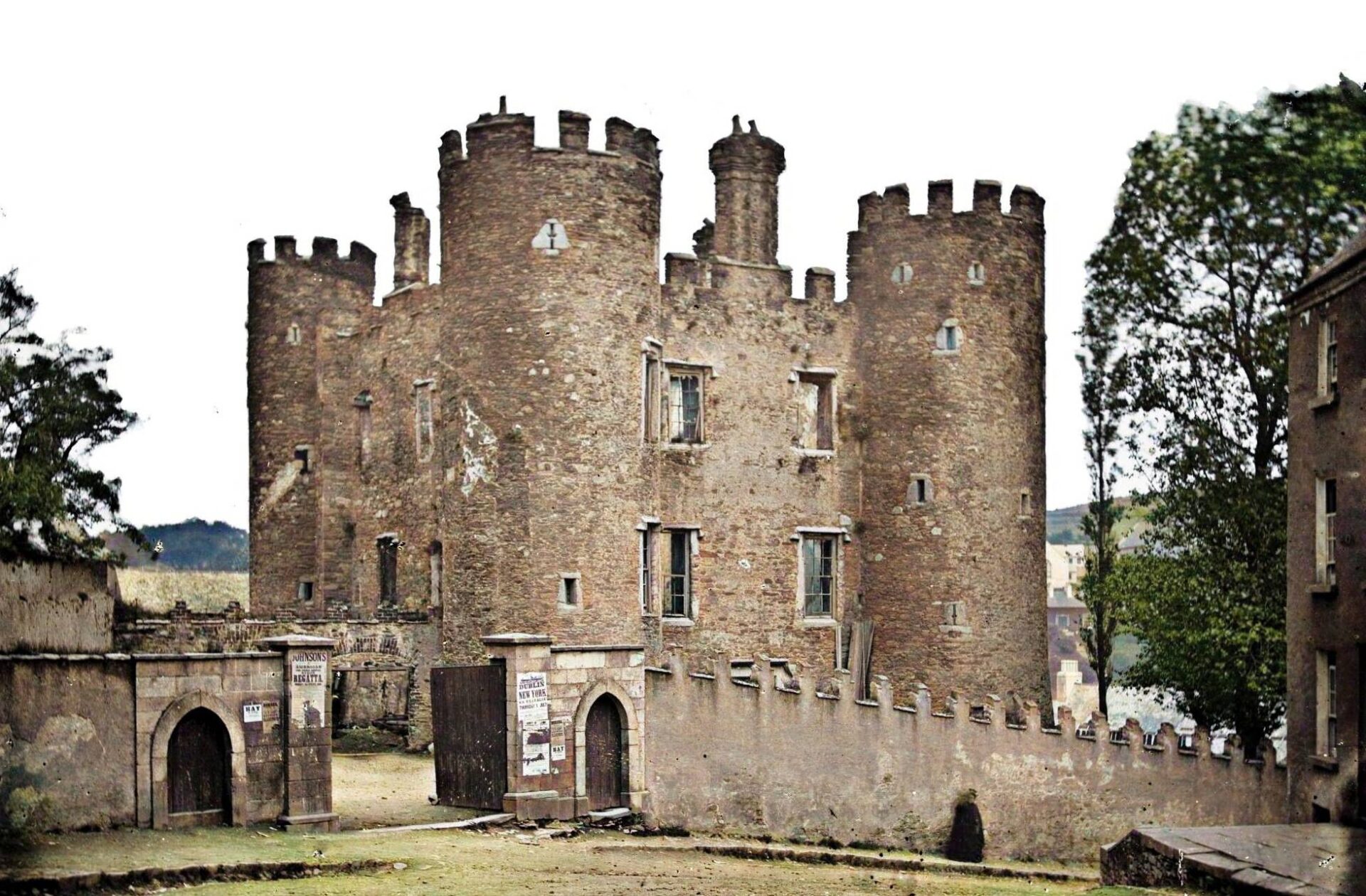
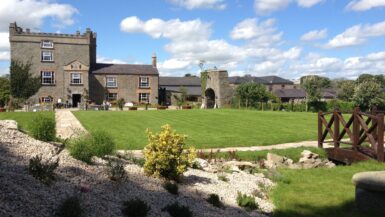
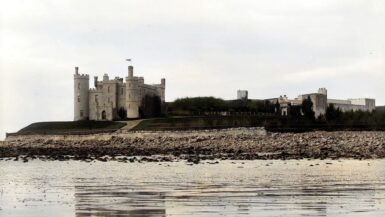
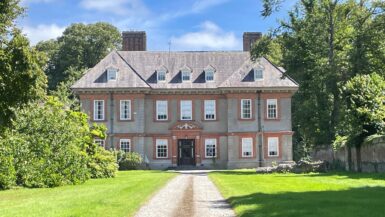
Leave a reply